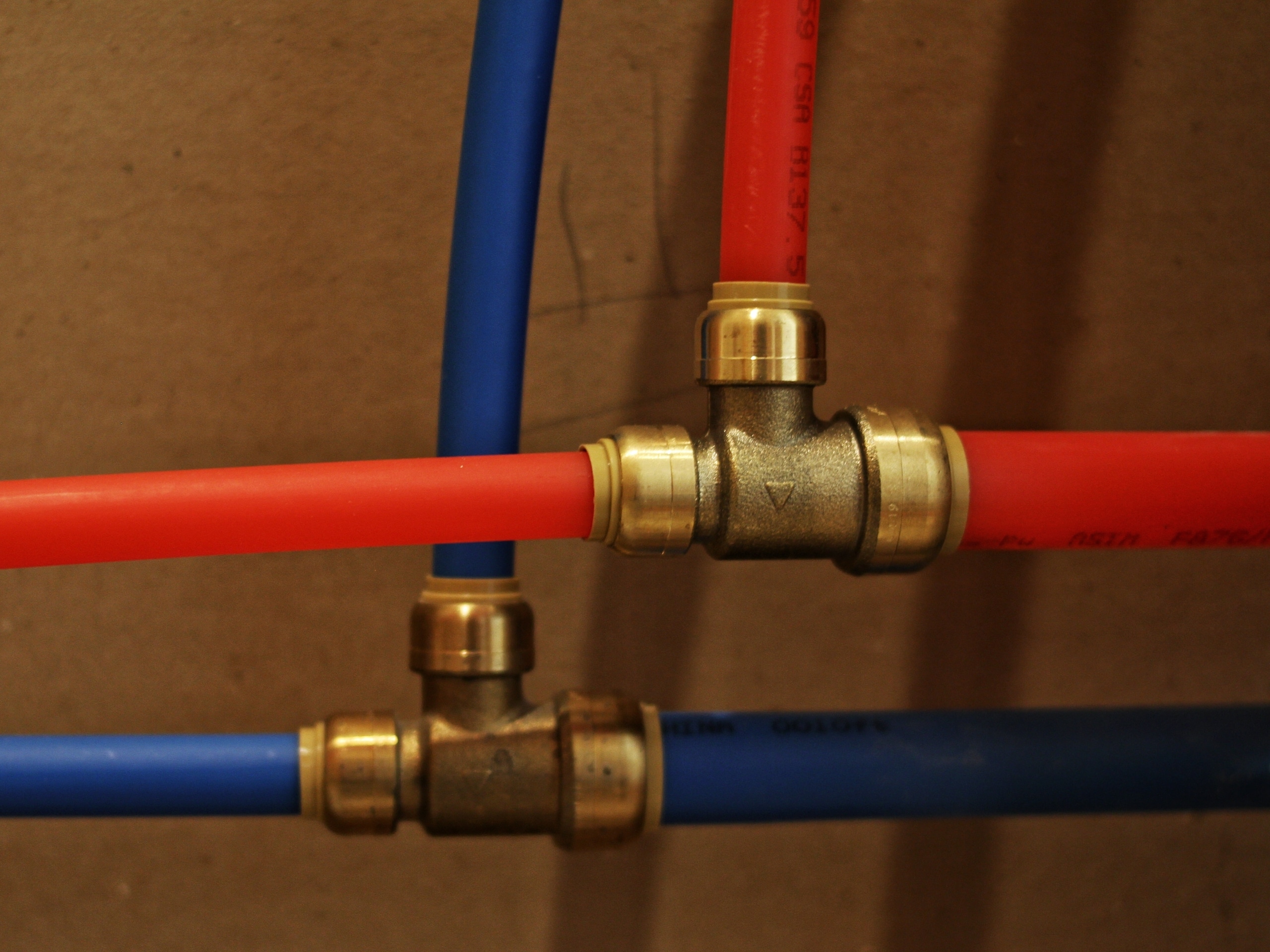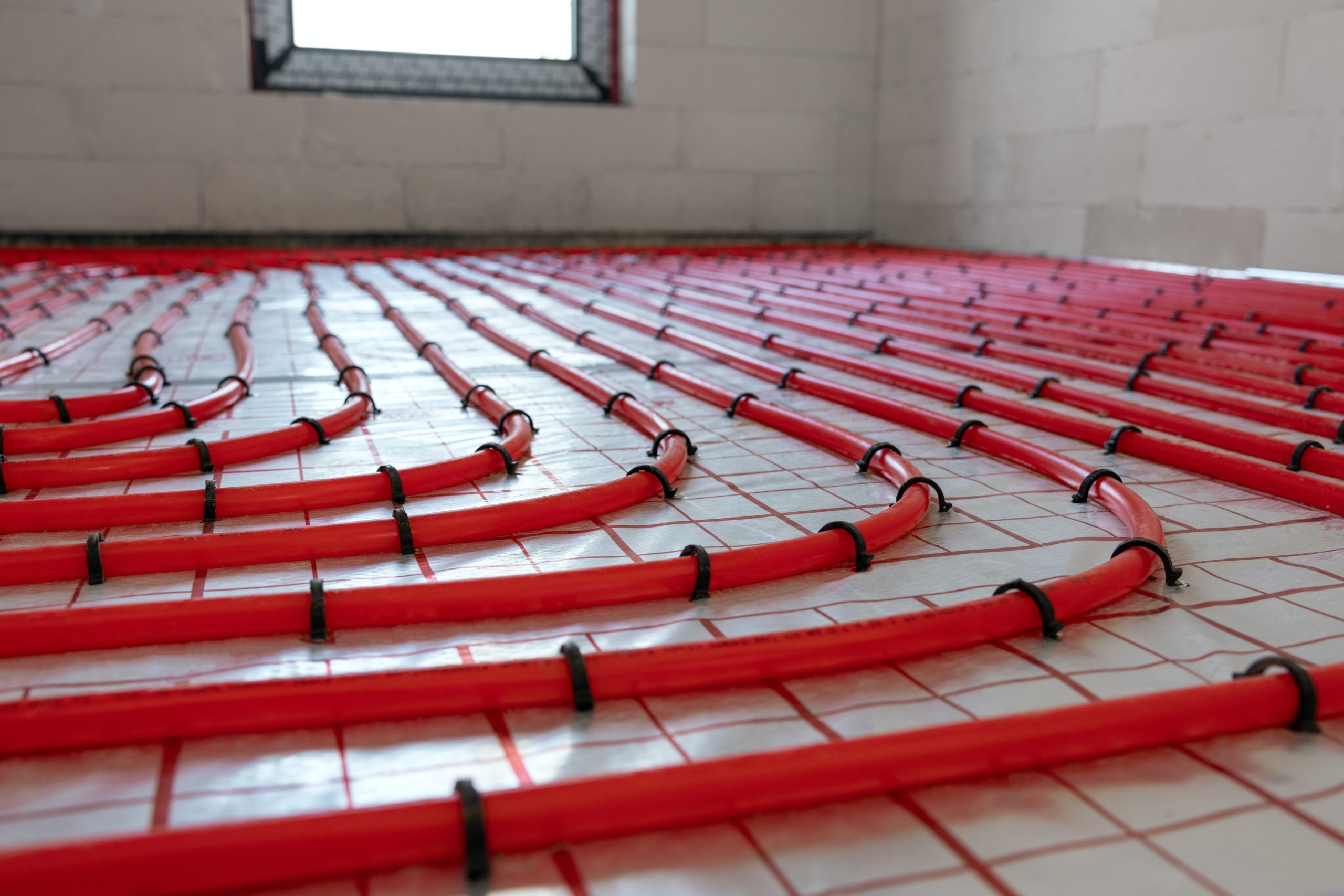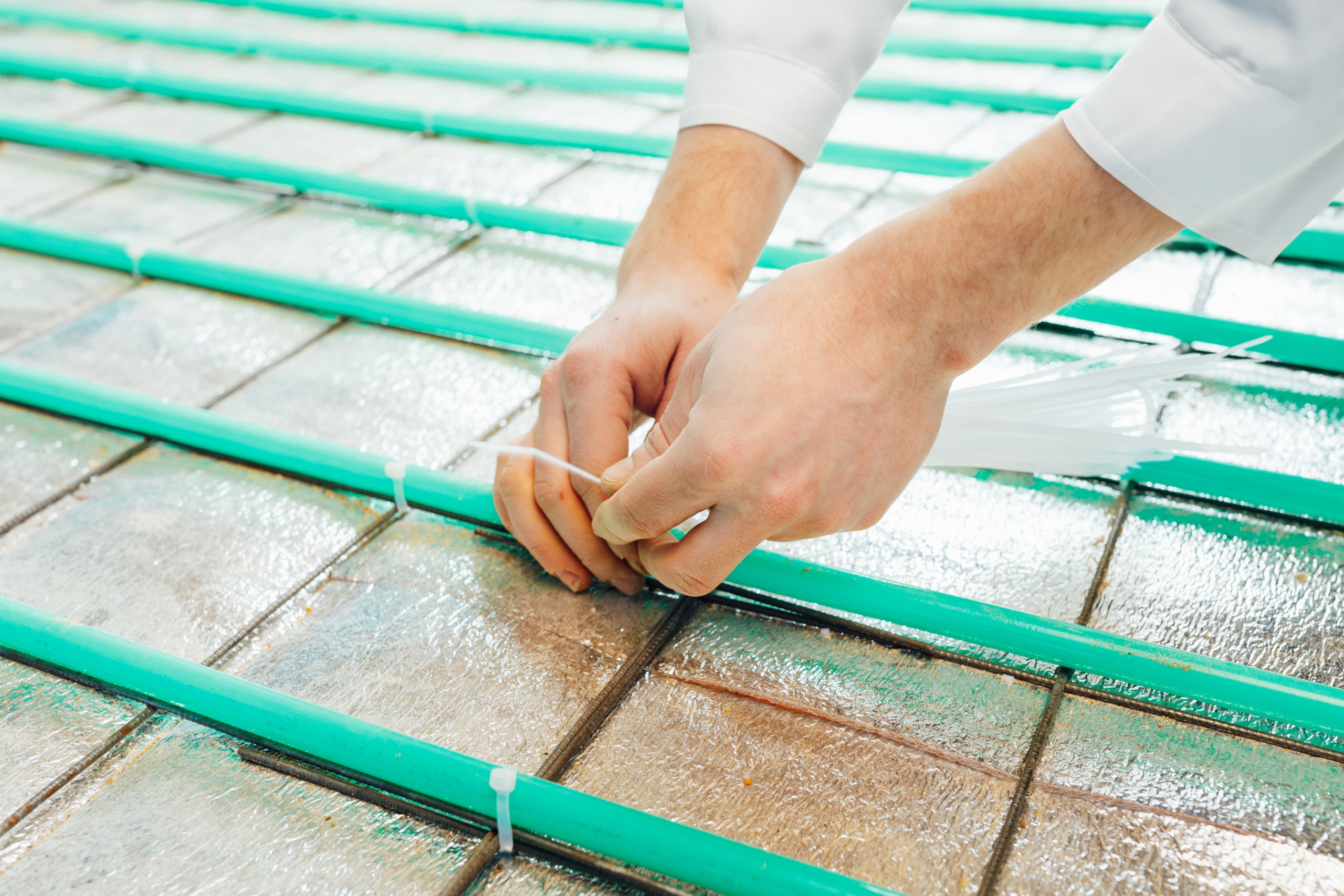nashville

$125 off
Water Heater or Water Quality Installation
Offer Valid until 3/31/2025. Discount not valid on previous service or installation. Cannot be used for service fee or combined with any other offer. One discount per household.
PEX plumbing, or cross-linked polyethylene, is a versatile and cost-effective option for water supply systems. Its flexibility simplifies installation, while corrosion resistance ensures long-lasting performance. PEX is a top choice for modern homes, combining affordability, durability, and easy maintenance. Upgrade your plumbing system with PEX for efficient and reliable water supply.
Table of Contents
- Welcome To The Next Generation Of Plumbing
- What Is PEX Plumbing?
- Types Of PEX Piping?
- Comparing PEX Pipe To Copper And PVC
- Where Can You Use PEX Plumbing Pipe?
- The Pros and Cons Of PEX Piping
- Easy Installation & Maintenance Tips
- FAQs
Welcome To the Next Generation of Plumbing
Since the 1990s, PEX plumbing has become increasingly popular with home builders, plumbers, and contractors to deliver water to homes and businesses. Known for its flexibility, durability, and affordable costs, PEX piping is now replacing many of the traditional piping materials, such as copper and PVC. While it’s a mostly hidden part of a home’s infrastructure, piping plays a huge role in the day-to-day comfortability of a home. If your home is 20+ years old and you run into issues with your home’s plumbing system, it may be time to consider transitioning to PEX plumbing.
What Is PEX Plumbing?
PEX is an acronym for cross-linked polyethylene; the “PE” stands for polyethylene (the material the pipe is made from), and the “X” notates the cross-linked design. Polyethylene is a versatile plastic material created from the polymerization of ethylene and makes up many of the most widely used plastics in the world. PEX piping has been used in homes since the late 20th century after initially being introduced for radiant heating. You can easily spot PEX plumbing from its vibrant red or blue coloring, noting hot or cold water, respectively. However, you may also see white and grey PEX piping as well.
Types Of PEX Piping?

There are three main types of PEX Piping: PEX A, PEX B, and PEX C. If you’re browsing the isles of any significant home box store, you may see the pipes labeled A, B, or C. The difference between these pipes comes down to manufacturing, which determines the stiffness of the PEX piping. PEX A will be the most accessible, most flexible pipe, and PEX C piping will be the most rigid. PEX B, the middle of the road, is the most common type of PEX piping used.
The choice of what type of PEX piping comes down to where you’re utilizing the pipe, your budget, and what works best for your project.
Comparing PEX Pipe to Copper And PVC
If you compare PEX piping to other common piping materials, such as copper or PVC, you’ll find that PEX plumbing is comparable or even superior in many regards. PVC and PEX piping have not been around long, so it can be challenging to determine exactly how these materials stand up over time. Climate, water quality, water pressure, and other factors can also play a crucial role in selecting the type of pipe for your plumbing system.
| Longevity | Durability Concerns | |
|---|---|---|
| Copper | 50-70 years | Susceptible to corrosion, scale/mineral build-up, freezes easily |
| PVC | 30-50 years | Brittle material is susceptible to cracking/breaking in freezing temperatures. Not ideal for hot water. |
| PEX | +50 years | Susceptible to UV damage when used outdoors. Possibility to be punctured or kinked. |
It is worth noting that homes built between 1900 and 1960 may also use lead pipes or galvanized steel pipes. Galvanized steel pipes are highly susceptible to corrosion and rust, posing potential issues with reduced water flow, risk of leaks, and accumulated debris/lead in your tap water. It is a widely known fact that lead poses health risks that should be addressed immediately. The EPA has since outlined the Lead and Copper Rule to protect communities from the adverse effects of lead exposure. Homes at risk for exposure are homes with lead service lines, homes with copper pipe and lead solder built after 1982 and before 1988, and homes with lead pipes[1].
Where Can You Use PEX Plumbing Pipe?
There are many use cases where PEX plumbing may be a good option for piping. Because PEX plumbing can be easily joined to different materials, is flexible, and cost-effective, it has become the go-to for projects such as[2]:

- Water Distribution: the most common use for PEX plumbing is in water delivery to residential and commercial buildings. Because it can withstand extreme temperatures and be easily run through walls, crawl spaces, etc., it’s an excellent fit for water delivery.
- Radiant Heating and Cooling Systems: radiant heating and cooling is when the heating and cooling runs through floors, ceilings, or walls. PEX plumbing is ideal for these because of its flexible nature and because it does not corrode.
- Outdoor Snow and Ice Melting: PEX plumbing’s ability to withstand extreme temperatures makes it a perfect fit for any outdoor snow/ice melt projects. This has become common practice for critical areas such as hospital entrances.
- Geothermal Heating & Cooling systems: geothermal systems use “loop” systems to transfer heating and cooling from the source to the home; PEX plumbing is a great option for the ground loop system for its durability, ability to expand and contract, and flexibility.
The Advantages Of PEX Plumbing
- Cost: PEX is a more affordable alternative to copper, and the price of PEX is less prone to variability in pricing due to market swings like copper. Also, PEX material has no re-sale value, so it’s less prone to being stolen from job sites or homes.
- Durability: Copper and steel pipes are susceptible to corrosion, whereas PEX plumbing is not; this has many benefits, including no build-up in pipes and no leaching of materials into the water traveling through the lines. PEX is made of flexible material and can expand, making it more resistant to freezing/cracking than copper or steel.
- Water Conservation: Because PEX piping is created from a plastic material, it has insulation properties and is a non-conductor, so there is less wait time for hot water and less wasted water while waiting for it to heat up[3].
- Ease of Installation: PEX plumbing is not rigid, so it can easily be installed through tight spaces, walls, and corners, unlike PVC or copper. PEX can also be easily connected to many types of piping, with no soldering required.
- Noise Reduction: Have you ever been in an older home and heard the pipes rattling or a hammering sound when the water is turned on? That won’t be an issue when you have PEX plumbing; the water travels quietly, and the flexible nature eliminates banging or hammering sounds.
The Cons Of PEX Plumbing
While there are many advantages of utilizing PEX pipes for plumbing, there are some possible downsides to using PEX over more expensive or traditional options. PEX plumbing is not recommended for outdoor use due to its sensitivity to UV light. UV light can penetrate through the dirt and compromise the pipes. In addition, PEX material is slightly more susceptible to rodent damage due to its material. PEX material is very thick, but rodents have been able to chew through the material.
Easy Installation & Maintenance Tips

The flexibility of PEX plumbing makes it easy to install in a multitude of areas and for different projects. PEX typically comes in large rolls that can easily be moved from one area to another, and the pipes can bend throughout tight fits such as corners, crawl spaces, etc. There are a variety of connections available with PEX plumbing, making it easy to connect to existing plumbing fixtures or pipes, and it can be connected without soldering.
The red and blue coloring can also help plumbers and homeowners determine where hot-water and cold-water connections are made or white/grey plumbing for both hot and cold water.
Common FAQ’s About PEX
PEX plumbing is a type of plastic pipe made from Polyethylene (PE) used commonly in water supply lines and radiant floor heating.
Yes, PEX plumbing is a durable piping option for many projects. PEX comes in three different types that have different levels of durability depending on your project.
PEX pipes can freeze; however, they are less likely to crack or rupture when they freeze compared to more brittle pipe options like copper or PVC.

